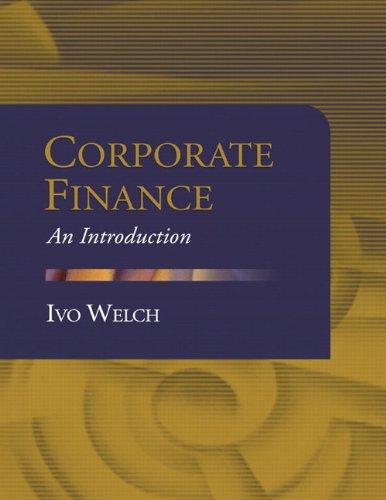A firm can produce goods for an average per-unit cost of $5 + $10/(Q . $1 +
Question:
A firm can produce goods for an average per-unit cost of $5 + $10/(Q . $1 + 2). For example, to produce 10 goods would cost 10 . ($5 + $10/12) ≈ $58.33. The market price per good is $7 − Q . $1/10. So, you can fetch 10 . ($7 − $10/10) = $60 for selling 10 goods. Use a spreadsheet to answer the following questions.
(a) What is the break-even point where total gross revenues are equal to total cost?
(b) What is the gross profit (revenues minus costs) at the break-even point?
(c) What is the marginal gross profit at the break-even point?
(d) How many items should the firmproduce?
(e) What is the average per-unit gross profit at this point?
(f) What is the marginal gross profit at this point?
Fantastic news! We've Found the answer you've been seeking!
Step by Step Answer:
Related Book For 

Question Posted:






